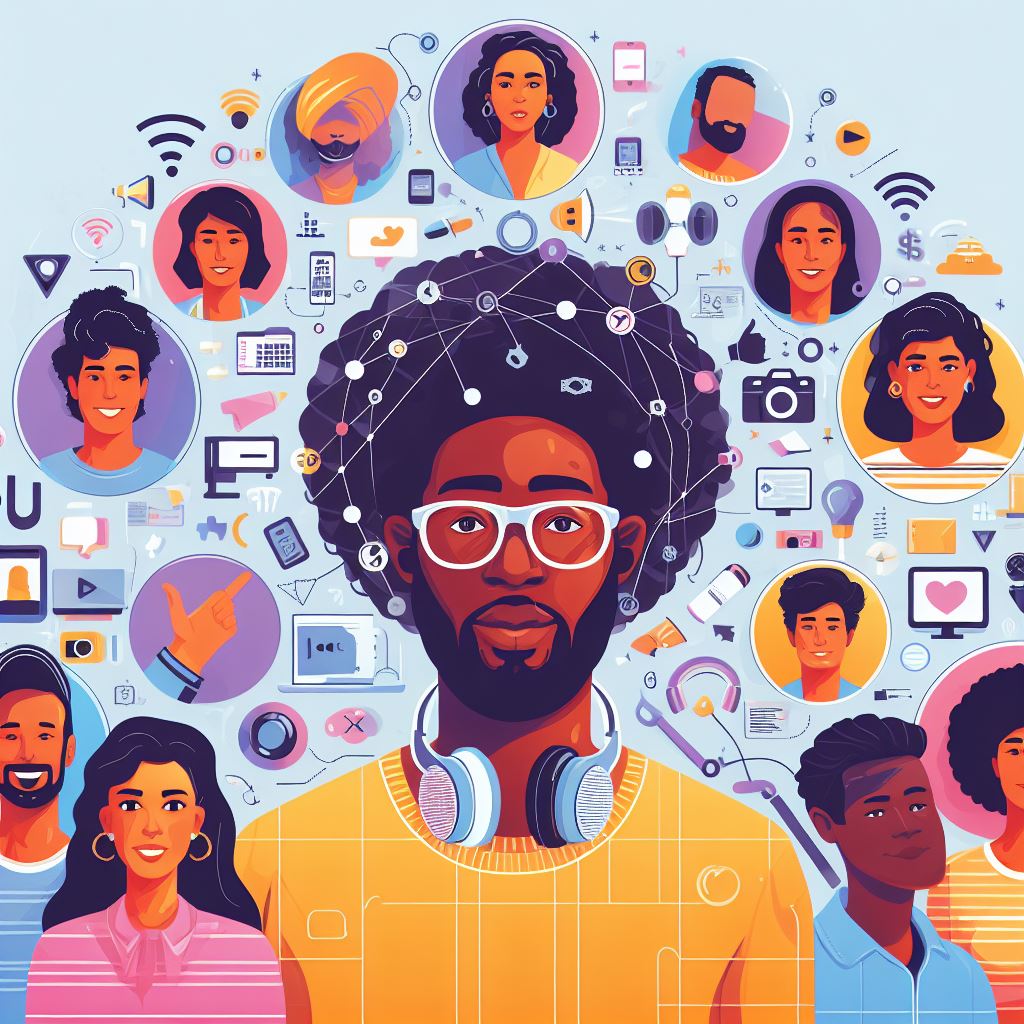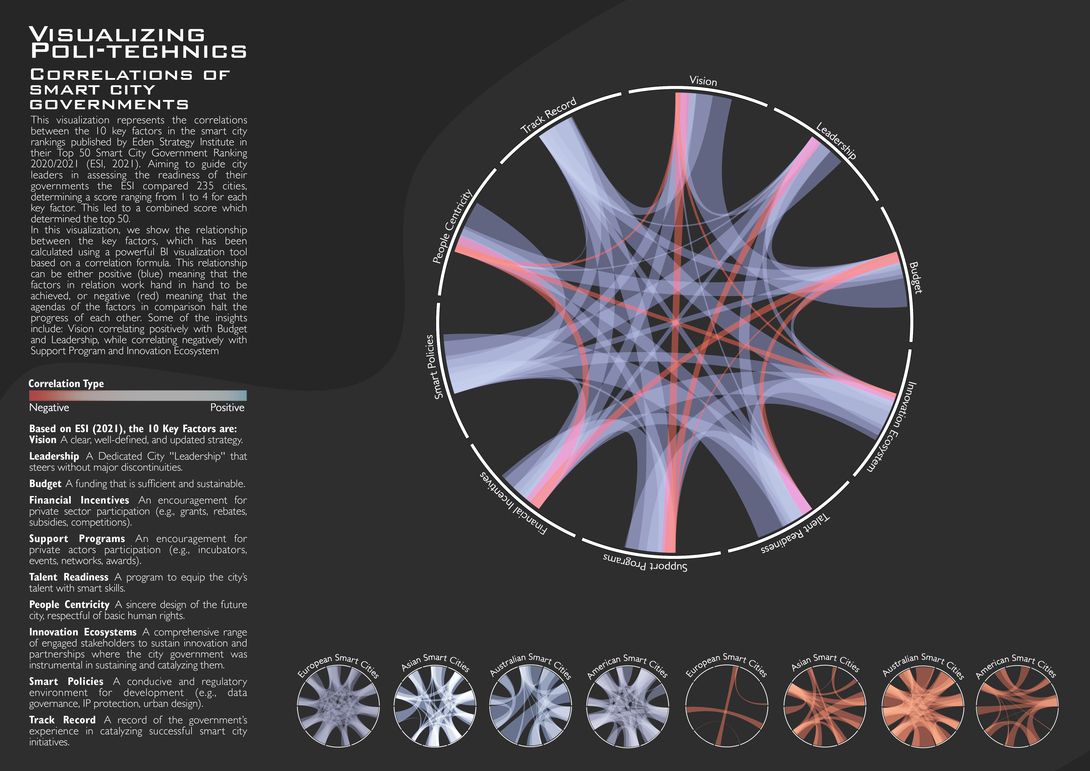Digital Twins: Shaping the Future of Human Experience
Participating in Online Communities Means Creating Powerful Personas and Profiles
In the world of technology, digital twins are emerging as powerful tools that not only replicate physical entities but also extend their capabilities into the digital domain.
Platforms such as LinkedIn, Instagram, Twitter, Snapchat, and the Metaverse, all serve as opportunities to replicate your physical existence in a digital environment.
A digital twin is essentially a virtual counterpart of a physical object, system, or process. These digital replicas are equipped with the ability to mimic, analyze, and interact with their physical counterparts in real time.

Enhancing Performance in the Digital World
Digital Environments and Experiences Mirroring The Physical World
The primary purpose of digital twins is to enhance understanding, optimize performance, and predict behavior. Some examples of your twin in the digital world:
Career |
|
Education |
|
Creativity |
|
Transportation |
|
Wellness |
|
People |
|
Environment |
|
Digital Twins aren't limited to just replicating physical objects; digital twins can represent complex systems, like factories, cities, or even the human body.
In manufacturing, for instance, digital twins are revolutionizing the way products are designed and produced. Engineers can create a virtual model of a physical product, and through continuous data streaming from sensors, monitor its real-world performance. Any deviations or issues can be identified in real time, allowing for proactive maintenance and improvements, thereby reducing downtime and costs.
The healthcare sector is also witnessing the power of digital twins in the form of personalized medicine. By creating a digital twin of a patient, medical professionals can simulate various treatment options and predict their outcomes, leading to more precise and effective healthcare.

AR, VR, xR and the Metaverse: The Future of Digital Twins
Headsets, Wearables and the Internet of Things Combining Hardware and Software for User Centered Experiences
Looking ahead, the future of digital twins in shaping the human experience is incredibly promising. As technology evolves, we can expect digital twins to become even more integrated into our daily lives.
You might remember early adopters in the technology, which includes Google Glasses. While many consider that technology to be a "failure," the reality of the matter is early innovation and a focus on providing learnings and opportunities improve laid the groundwork for modern day use cases Meta and Snapchat have been able to enjoy.
For instance, they could play a crucial role in urban planning, helping to create smarter and more sustainable cities.
An example of this can be found thanks to the Data Visualization Society.
The organizations Information is Beautiful Awards offers an example to aspire to when considering the importance Digital Twins provide in helping cities understand urban planning opportunities available due to technology.

Presented by Mennatullah Hendawy, this visualization represents the correlations between the 10 key factors in the smart city rankings published by Eden Strategy Institute in their Top 50 Smart City Government Ranking 2020/2021 (ESI, 2021).
According to Hendawy:
This ranking aims to guide city leaders in assessing the readiness of their governments to develop, facilitate, or track their smart city initiatives. The 10 factors based on which cities were ranked include ‘Vision’, ‘Leadership’, ‘Budget’, ‘Financial Incentives’, ‘Support Programs’, ‘Talent Readiness’, ‘People Centricity’, ‘Innovation Ecosystems’, ‘Smart Policies’ and ‘Track Record’.
In education, digital twins could offer immersive learning experiences, providing students with hands-on simulations of complex concepts.

Moreover, as Artificial Intelligence (AI) and machine learning continue to advance, digital twins will become smarter and more autonomous. They will not only replicate physical entities but actively assist in decision-making, providing valuable insights and recommendations.
However, with these advancements come ethical and privacy considerations. The extensive data collection required for digital twins raises questions about security and data ownership. Striking a balance between innovation and safeguarding personal information will be a critical challenge.
Digital twins are poised to transform the way we interact with the physical world. They will empower us to make more informed decisions, optimize processes, and create a more efficient, sustainable, and personalized future. As we navigate this exciting territory, careful consideration of ethical implications will be essential to ensure that digital twins benefit humanity as a whole.
Interested in Learning More About Ways to Participate in the Creator Economy?
Submit Your Info and I'll Follow Up

